You’ve probably seen a cap-like device on the ground above your drain line, but you may be unaware that it functions as a type of plug.
But before exploring the plug, it’s vital to understand what a drain cleanout is. This guide explores the basics of a drain cleanout and all its accessories, including the clean out plug.
What’s a Drain Cleanout?
A drain cleanout is a drain located outside that allows access to a home’s main sewer line. It’s the most reachable section of a drain line, usually covered by a removable lid for easy access. The cleanout can go unnoticed until a problem occurs, but it’s best not to wait until a drain actually clogs to locate it. It’s best identified as a capped pipe protruding above the ground by a few inches, situated in the back or front yard of a home.
What is a Clean Out Plug?
A clean out plug is a lid or cap that closes off the drain cleanout pipe. It’s usually made of metal or plastic and covers the pipe’s upper end. This plug helps prevent the entry of debris and pests while stopping potentially harmful sewer gases and fumes from exiting the pipe and backing up in your yard. You’ll likely have to deal with the plug when trying to repair a clogged basement drain.
How Does a Clean-Out Plug Help?
The clean out plug serves many functions, including preventing the entry of debris, pests, and wastewater into the main drain line. But the most crucial role it plays is providing access to the drain line, making it easy for plumbers to clean and unclog it if needed.
For instance, say your sewer pipes become clogged and your drains stop working. From there, you’ll need to clear the clog using a plumbing snake. However, unclogging a drain pipe can be difficult due to its shape. That’s where a cleanout pipe helps. To remove a clog through the cleanout pipe, you’ll need to first remove the clean out plug, then insert the snake.
However, removing the plug on its own can be difficult, so you’ll need to use a screwdriver or a standard wrench. Most plugs have raised slots or recessed heads for quick removal with different tools. They also have threads inside so that you can screw them onto threaded cleanout pipes.
But what if the plug becomes hard to remove? Even with a screwdriver or plug wrench, some plugs can be difficult to remove, primarily if they’ve corroded or rusted over the years. In cases such as this, you’ll have to break and replace the plug after clearing the clog. Applying Teflon tape to the plug’s threads makes it easier to remove it.
If your drain lacks a clean out plug, it could signify that your home’s drain or sewage system is prone to experiencing significant problems. It may mean the drain often experiences clogs, and the plug got removed as a result. But if your drain is in good condition and the cap is no longer there, it could just be that the plumber working your drainage system had removed the plug and forgot to return it.
How to Locate and Remove the Clean Out Plug
If you’ve just moved into a new home and want to clean your drain lines, the first step is to locate the cleanout pipe and plug. The location of the clean-out plug varies depending on your plumbing system’s installation, but it’s usually near your toilet’s drain line. If you have trouble accessing the plug, consider hiring a professional plumber to help you find it. Once you locate the plug, remove it using a screwdriver or a plug wrench. Ensure you’re gripping the plug tightly before trying to loosen it. Use tools with a firmer grip. After removing the plug, inspect the sewer line to see if there are clogs or other plumbing issues.
What Clean Out Plugs Consist Of
The primary function of a clean out plug is to seal off pipes and other openings in the plumbing system, so they must be sturdy enough to withstand high pressure within the system. The plugs are made of different materials depending on their uses. For instance, you can use PVC pipe plugs in residential plumbing applications. You can also use ABS cleanout plugs since they’re lightweight and easy to apply and remove. Some clean out plugs have threaded caps or gaskets to help them seal better and prevent dirt and debris from entering your sewer drain system.
Tips to Unclog Your Drain Line Through the Cleanout Pipe
Cleaning the sewer line can be an unpleasant experience for many homeowners. Either way, it’s important to be careful when unclogging your drains. If there’s a clog along the sewer line, wastewater can move out from the cleanout pipe with a lot of pressure when you remove the clean out plug. Here’s how to protect yourself from contamination:
- Move away from the cleanout immediately after you remove the plug
- Have a bucket nearby to collect any wastewater that may seep into your home
- Wear vinyl gloves to protect your hands, as well as goggles to protect your eyes from splashes
Let J. Blanton Plumbing Help You
A clean out plug helps to prevent debris and pests from entering your sewer system through the cleanout pipe. Most importantly, it provides access to the sewer line, allowing you to quickly clean and unclog the drain line. If clearing a sewer line feels like a chore, consider hiring a professional plumber at J. Blanton Plumbing to help. Contact us today!











